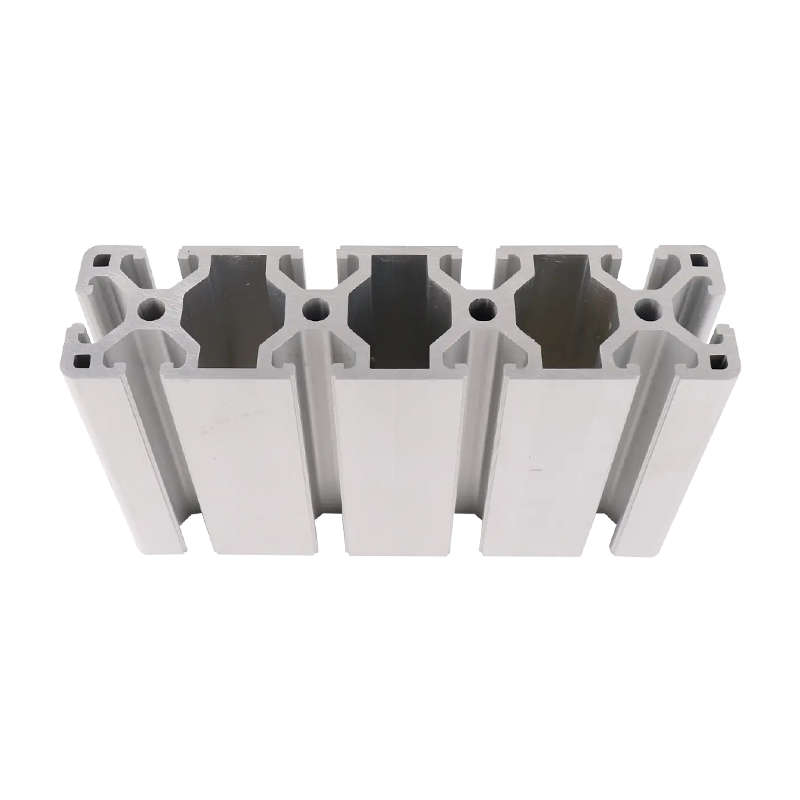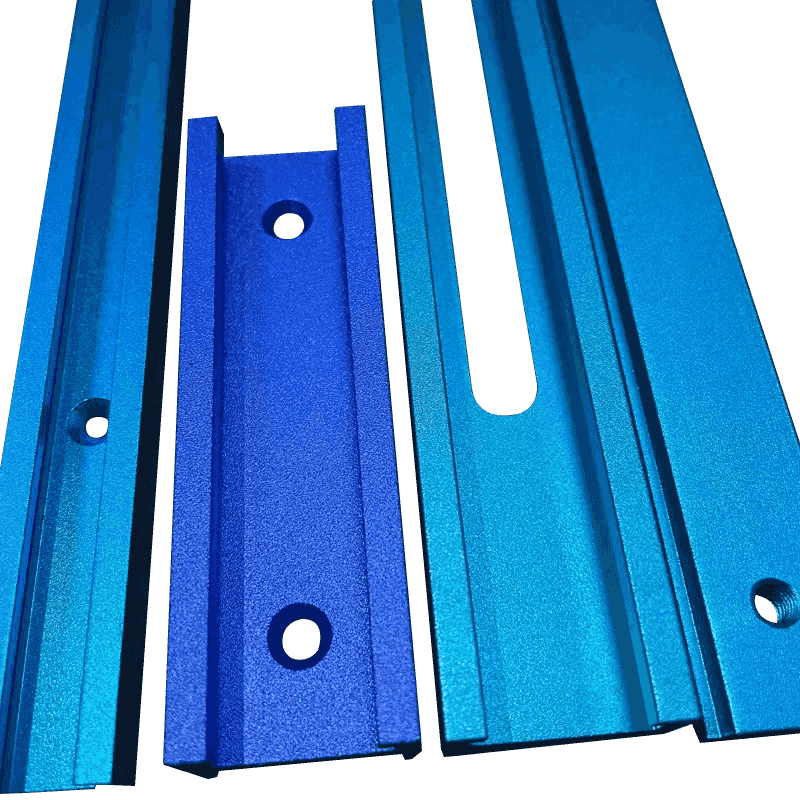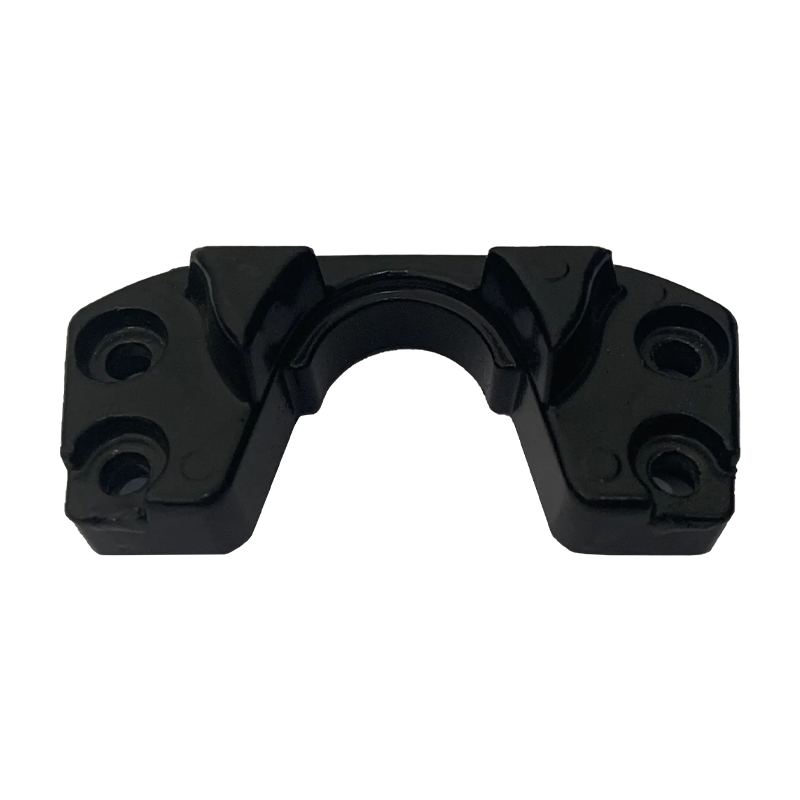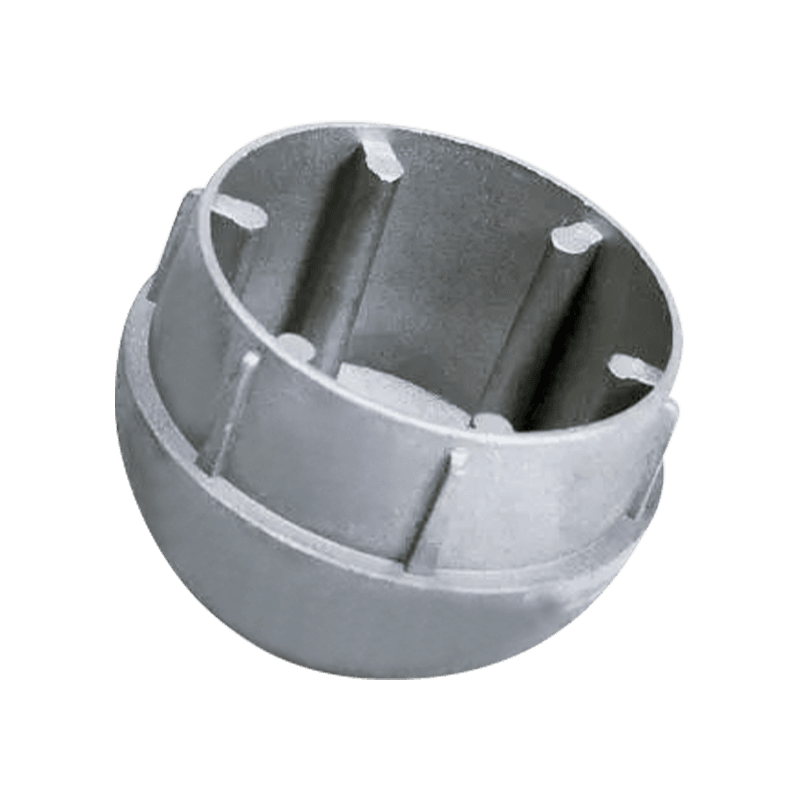How do aluminum profile electronic fittings perform in terms of anti-oxidation?
24-06-2025Antioxidation properties of aluminum profile electronic fittings
The performance of aluminum profile electronic fittings in terms of oxidation resistance mainly depends on the selected aluminum alloy material and the subsequent surface treatment process. Aluminum alloys naturally have a certain degree of oxidation resistance, which enables aluminum profiles to resist oxidation to a certain extent in daily use and prolong their service life. However, with the influence of external environmental factors, when aluminum profiles are exposed to the air for a long time, oxidation reactions will occur on the surface to form a thin layer of aluminum oxide film. This process is called "natural oxidation".
Although the oxide film can provide protection for aluminum profiles to a certain extent, if there are no proper protective measures, the oxidation reaction may be further aggravated, affecting its structural performance. Therefore, the oxidation resistance of aluminum profile electronic fittings usually needs to be improved by optimizing the alloy composition and surface treatment process.
Alloy composition and oxidation resistance of aluminum profiles
Different types of aluminum alloys have different antioxidant properties. For example, the common 6061 aluminum alloy and 6063 aluminum alloy both have good oxidation resistance. This is because these alloys contain appropriate amounts of silicon and magnesium elements, which can react with other components in the aluminum alloy to form a more stable oxide film. By adding appropriate elements to aluminum alloys, its antioxidant properties can be effectively improved.
6061 aluminum alloy: contains a higher proportion of magnesium and silicon, performs well in corrosion resistance and oxidation resistance, and is suitable for aerospace, transportation and other fields.
6063 aluminum alloy: commonly used in the fields of construction and decoration, the oxide film naturally formed on its surface provides basic protection, but in strong acid, strong alkali and other environments, the antioxidant properties are relatively limited.
When selecting aluminum profile electronic fittings, choosing the right aluminum alloy composition is the first step to improve its antioxidant properties.
The influence of surface treatment technology on antioxidant properties
In order to further improve the antioxidant properties of aluminum profile electronic fittings, a series of surface treatment processes are usually used. Common surface treatment technologies include anodizing, electroplating, spraying, etc., which can significantly enhance the antioxidant capacity of aluminum profiles.
Anodizing: Anodizing generates a dense aluminum oxide film on the surface of aluminum profiles through electrochemical reactions. This oxide film can effectively resist external oxidation. After anodizing, the surface hardness of aluminum profiles increases and the corrosion resistance is greatly improved. Anodized film has good wear resistance, oxidation resistance and corrosion resistance, and is suitable for various high-strength and high-load application environments.
Electroplating: The electroplating process is to cover the surface of the aluminum profile with a metal coating (such as chrome plating, nickel plating, etc.). This metal coating can provide additional anti-oxidation protection and visually improve the appearance of the aluminum profile.
Spraying treatment: Spraying is a common surface treatment method that can form a protective coating on the surface of the aluminum profile to reduce the occurrence of oxidation reactions. There are many types of coatings, including powder spraying, liquid spraying, etc. These coatings have good weather resistance and corrosion resistance, which can effectively extend the service life of aluminum profiles.
The influence of environmental factors on antioxidant performance
The antioxidant performance of aluminum profiles is not only related to the alloy composition and surface treatment process, but also affected by the use environment. In harsh environments (such as high temperature, high humidity, marine climate, etc.), the antioxidant performance of aluminum profiles may be challenged. For example, at the seaside or in a salt spray environment, the salt in the air will accelerate the oxidation reaction on the surface of the aluminum profile, causing the oxide film to gradually fall off or be destroyed, thereby reducing the antioxidant capacity of the aluminum profile.
For aluminum profile electronic fittings, especially those used in harsh environments, materials with stronger antioxidant properties must be selected and appropriate surface protection treatment must be performed.
Regular maintenance and care
Although aluminum profile electronic fittings have a certain antioxidant capacity, the surface oxide film may be damaged over time, especially due to erosion from the external environment or human damage. Therefore, regular maintenance and care of aluminum profiles is an effective way to maintain their antioxidant properties.
Regular cleaning: Clean the surface of the aluminum profile regularly to avoid the accumulation of impurities such as dust and dirt, and reduce their erosion of the surface oxide film.
Surface coating repair: If the oxide film on the surface of the aluminum profile is damaged, you can consider anodizing or spraying to restore its antioxidant properties.
Protective coating: Using a special protective coating, such as anti-corrosion oil or anti-oxidation film, can effectively protect the surface of the aluminum profile and prolong its antioxidant effect.
Are You Interested In Our Products
Leave your name and email address to get our prices and details immediately.

 English
English 中文简体
中文简体 Deutsch
Deutsch русский
русский















